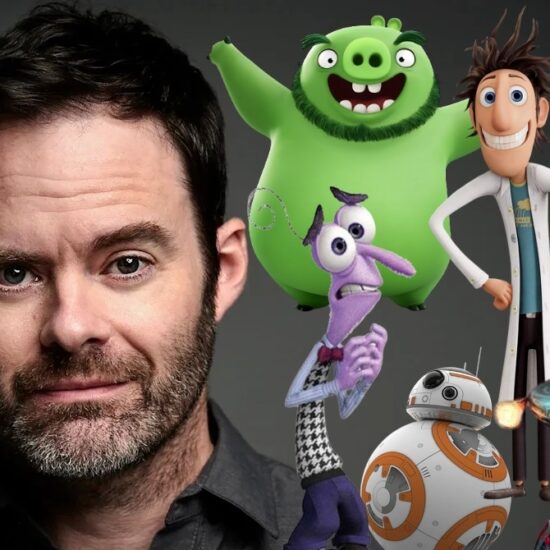
Kylie Minogue asks what if. In her radiant pop world, every feeling tingles with possibility: the longed-for romance that you barely dare whisper, the intoxication after just one drop, the liberation under the strobe light. She is love’s defiant crusader who, in her 1987 single “I Should Be So Lucky,” made being ignored by a crush sound flat-out delightful. She has an answer to everything; rejection is her gasoline. You don’t want my love? Put your hand on your heart and tell me. Most famously, she is consumed with an infatuation so dizzying it defies words, bubbling to the surface only as la la la.
The Australian artist’s music is an invitation to share what she feels, an ethos that has enthroned Minogue as an icon of positivity and a poet laureate of dancefloor communion. “It’s hard work being a Kylie,” said Björk, a friend of Minogue in the ’90s. “It’s a service to the nation. You have to smile and do handshakes—it’s like being a diplomat, or the Queen.”
On her 1997 album Impossible Princess, pop royalty went rogue. Minogue simmers with rage, thrashing at the limits of torture and tenderness in a dark tango with the frenetic club music of the day. With help from a slate of buzzy producers, her unvarnished songwriting tangles with underground styles including pulverizing breakbeat and drum’n’bass, throbbing techno and ambient rave, as well as joyous jangle pop. If Minogue’s earlier music had been seen as a universal opiate, this was a mischievous abdication of civic duty.
Minogue considered the record a personal triumph. “I had people controlling me for years,” she told New Idea at the time. “Now I am reveling in the fact that I have control, I take responsibility for my decisions and I live and die by them.” But Impossible Princess was troubled by a messy rollout, label mismanagement, and some stale collaborations, making it more complicated than a straightforward artistic win. She would never make a record like it again.
Born in Melbourne, Kylie Minogue started acting professionally at age 8 in a period drama called The Sullivans. After a series of roles in her teens, she became a star in the UK and Australia thanks to a role on the sunny soap opera Neighbours, in which she played a tough-talking mechanic named Charlene. Within a year, Minogue became known simply as “Kylie” to an entire continent and was whooshing down the soap actress to pop star pipeline. She signed to PWL, the London-based label that was home to Stock Aitken Waterman (SAW), a British production trio that had helped to define ’80s Hi-NRG disco, crafting landmark singles for Dead or Alive, Divine, and Hazell Dean. SAW were the architects of Minogue’s sparkling early sound, powered by her winsome, youthful image and dance-pop that snapped like a rubber band. “They told me what to sing, what clothes to wear, and how to look in my photographs,” Minogue later said of PWL. She likened the experience to being “knee-deep in concrete.”













